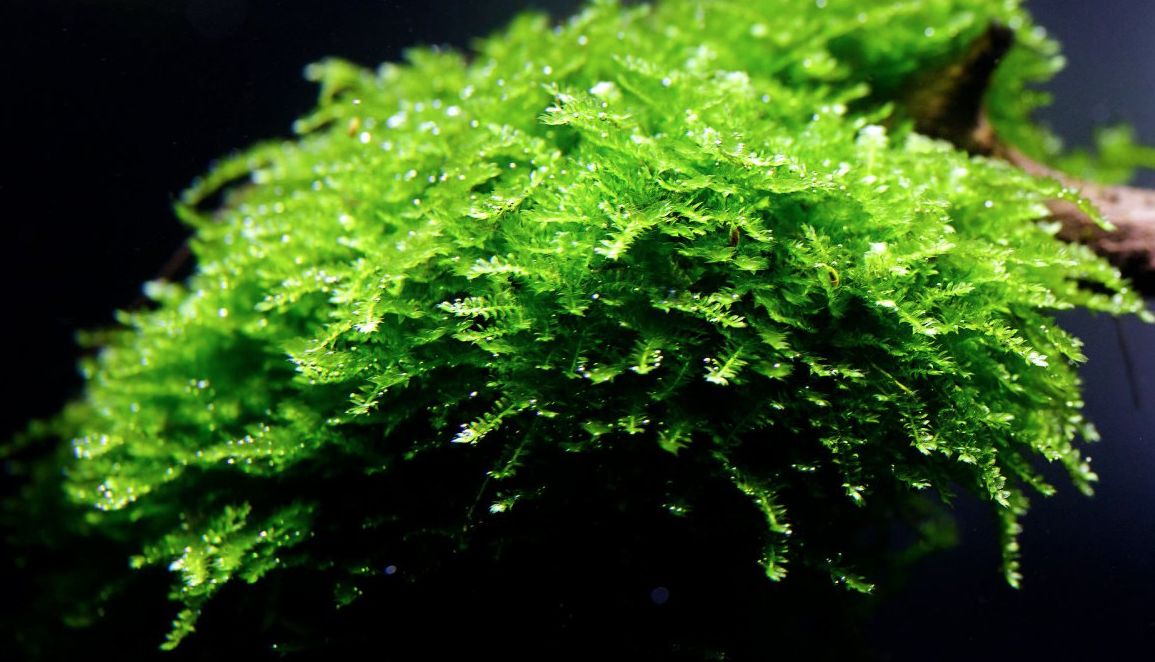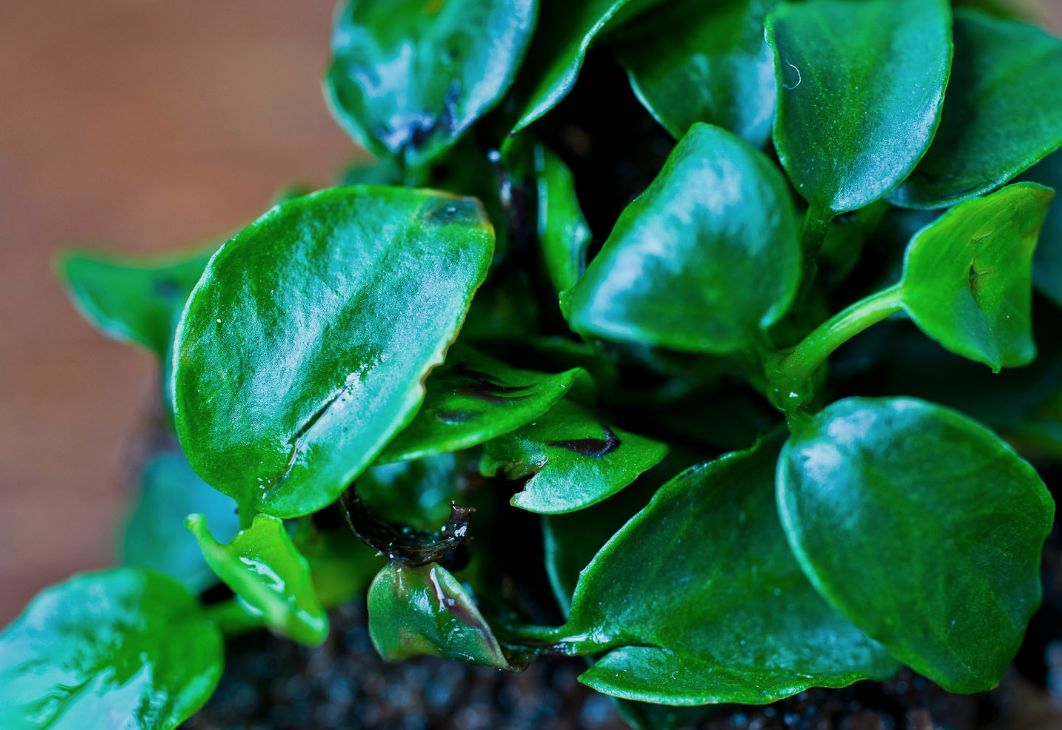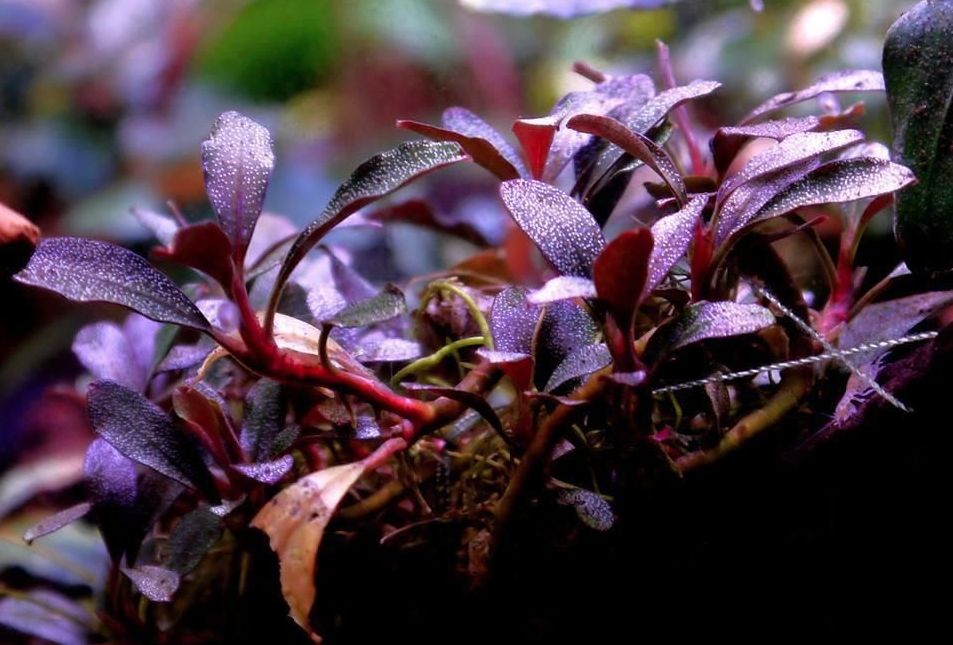Flame moss is a unique aquarium plant that stands out for its striking upward growth, giving it the appearance of flickering flames. This distinctive feature makes it especially valuable in aquascaping, as it adds dynamic height and texture to underwater landscapes. With its darker green hue, flame moss contrasts beautifully with lighter-colored plants and substrates, enhancing the overall visual appeal of an aquarium.



